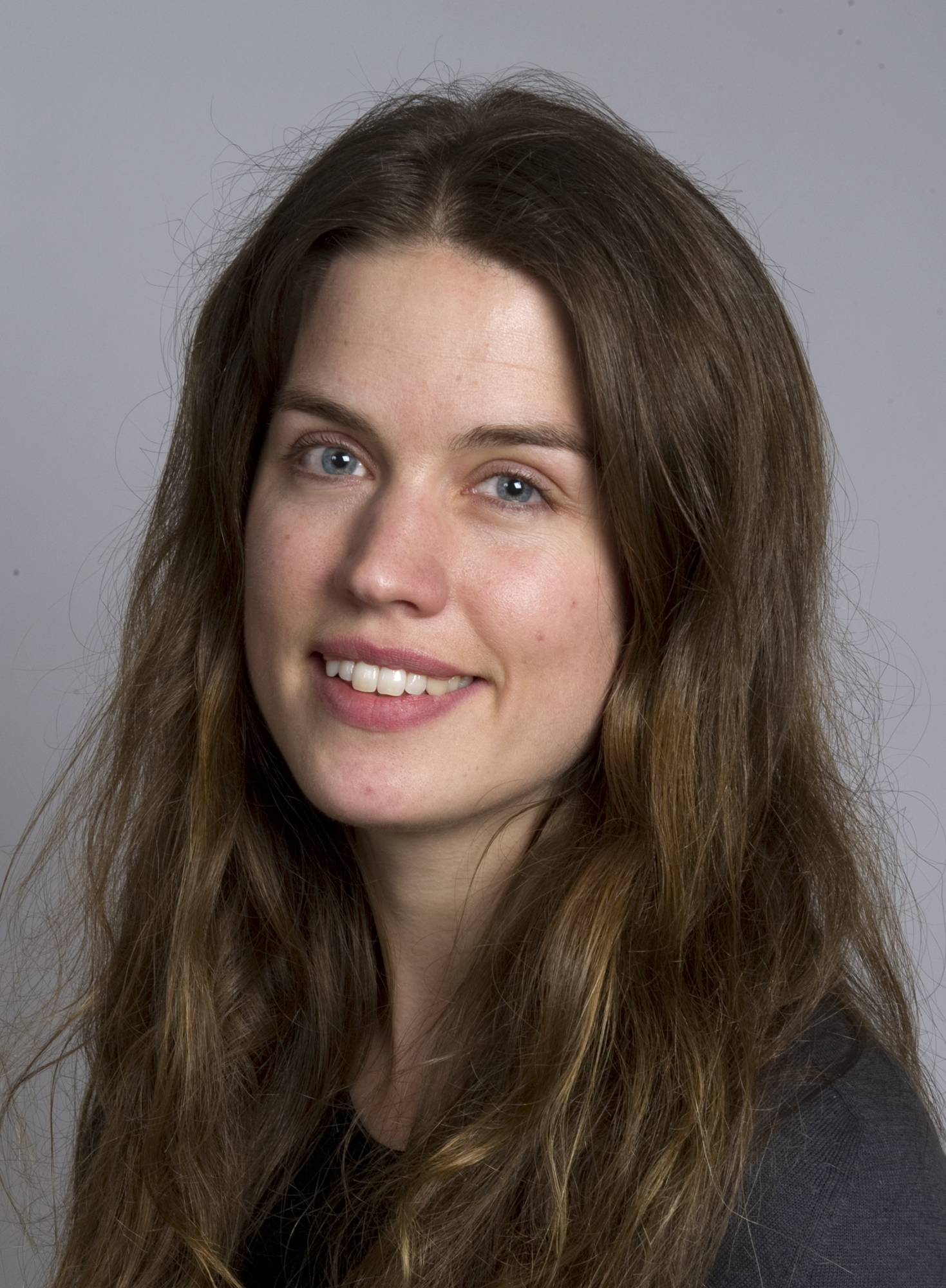BUNAD
The outfit that makes Norwegians Norwegian
Traditions, heritage, maybe a whole year of careful handcrafting.
To wear a Norwegian bunad, or folk costume, is like wearing living history.
The Norwegian traditional costume is used on festive occasions, especially when celebrating our national day, the 17th of May.
With brooches, detailed, embroidery and wool fabric, they stand out and represent the old Norwegian folk culture.
Every region has its own bunad with a unique design …
… even the northernmost part of Norway, the Arctic archipelago of Svalbard, which features embroidered patterns depicting icebergs, local flowers, and mining.
It's also popular to wear a bunad at graduation ceremonies. These graduates are wearing bunads from a variety of regions.
Can you tell where they are from?
On Norway's national day, May 17th, you'll see many different bunads from all over the country in the same place, especially in Oslo.
The bridal crown is an essential addition when you are getting married in a bunad. Many local handicraft shops rent out crowns for weddings.
Look closely at the iconic national romantic painting, Bridal Procession on the Hardangerfjord from 1848. Nearly everyone is dressed in a bunad and the bride, dressed in red, wears a crown.
Norway's national day
On the 17th of May, Norway is dressed in bunads!
